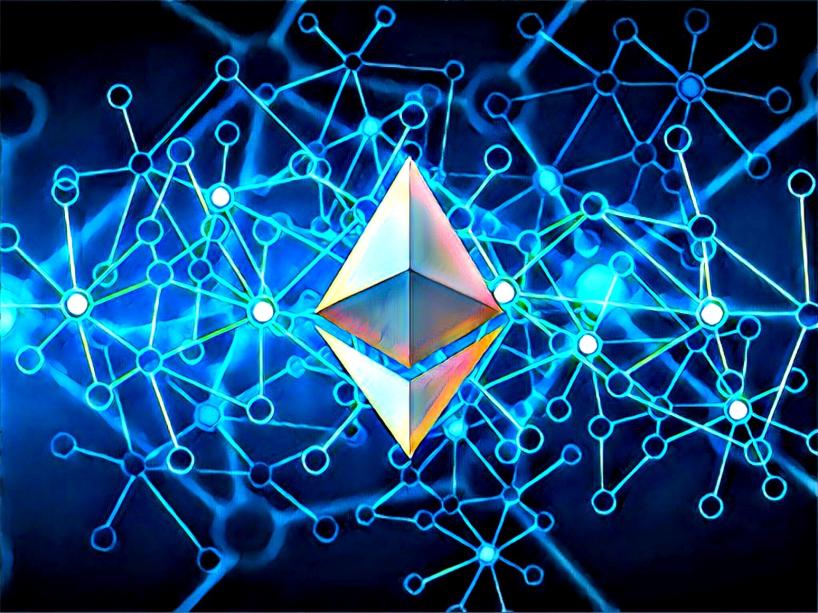The Ethereum (ETH) project has now been blessed with a Testnet 2.0 that allows the network to test its much-anticipated Proof-of-Stake upgrade.
The testnet launch that was scheduled for March has met its deadline, and the team behind the effort, Nimbus, is mindful of the challenges ahead while also delighted with the progress that Ethereum 2.0 is making.
We did it..we have a Nimbus-to-Nimbus testnet running, not just in a simulation on a single machine, but with a remote bootstrap node and people connecting to it – even from outside of Status!
This is a major milestone in the development of Ethereum 2.0, and while stability issues persist and bugs will happen, the fact that we now have a Beacon chain synchronizing across nodes that aren’t necessarily local to each other is a big deal.
The announcement post gives users a detailed guide on how to join the testnet. This is the first of many steps for the initiative, called testnet0, and further phases will bring sharding and increased capacity for Ethereum. The team will be monitoring operations on the testnet and will restart to accommodate feedback. The team will add features and make performance upgrades in the coming weeks.
The Nimbus client is written in the memory efficient programming language of Nim and it is partially intended for devices with limited resources to be able to execute code efficiently.
The development naturally has many Ethereum investors excited about the prospects of Ethereum, which has plans to bring sharding and Casper upgrades sometime in 2020 or 2021. The arrival of Ethereum 2.0 could very well make Ethereum ready for a much larger scale of processing, which would allow it to become the global decentralized computer that it was envisioned to – and perhaps even make silent the voices of competing projects like TRON and EOS.

